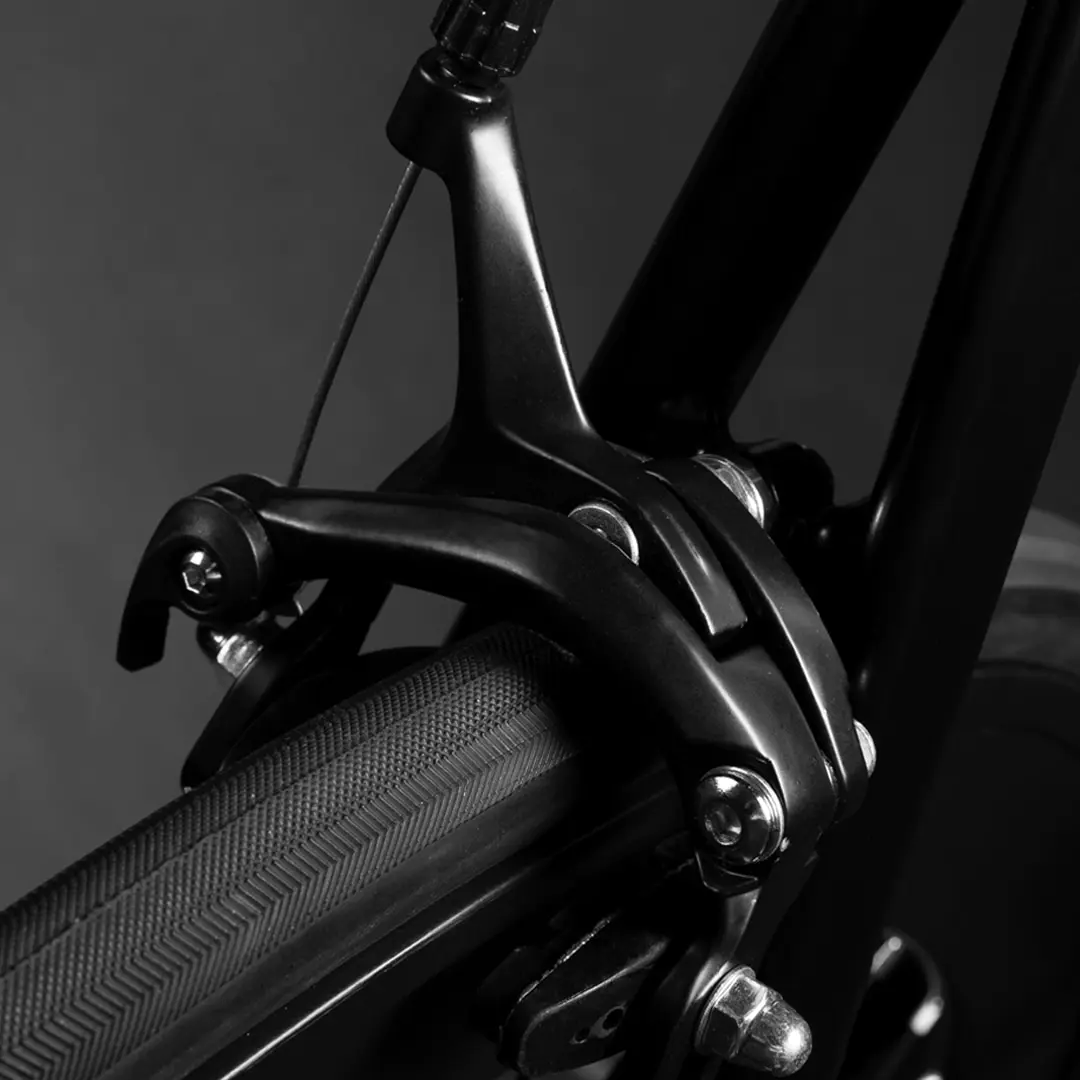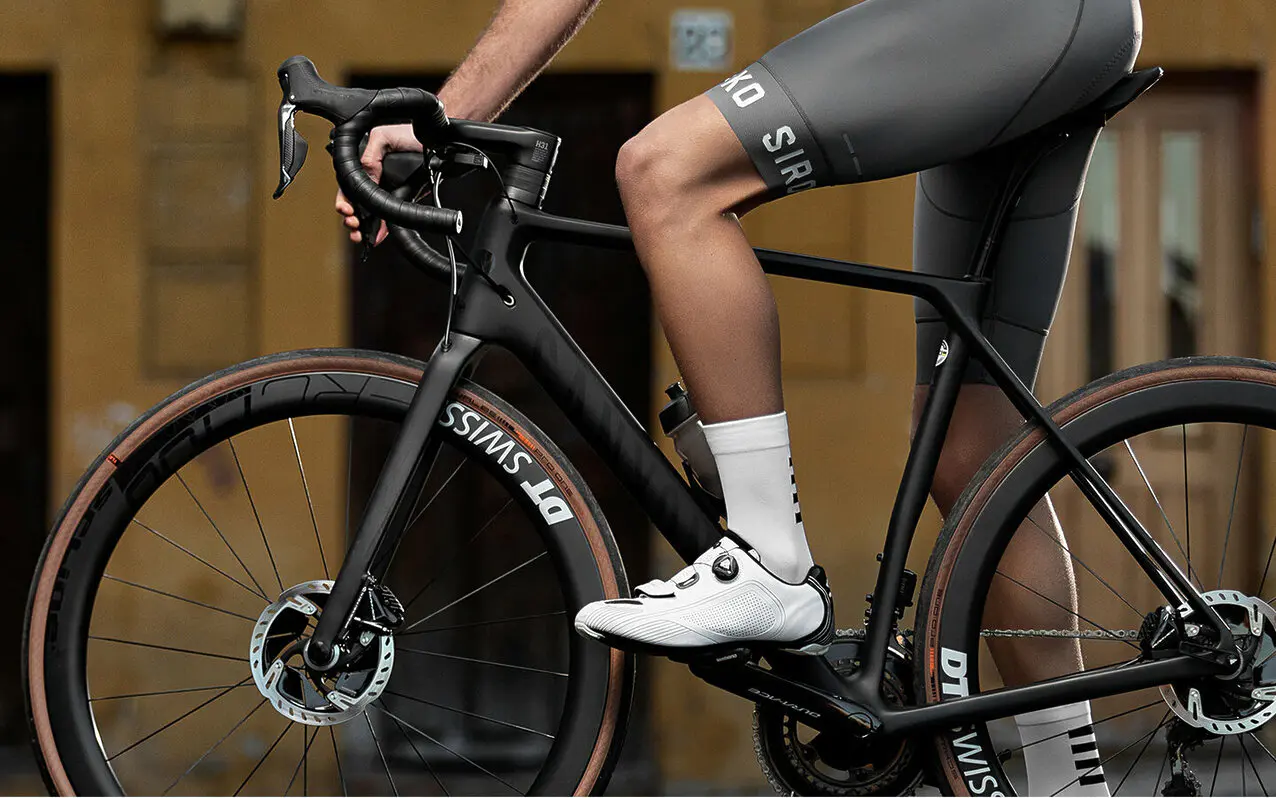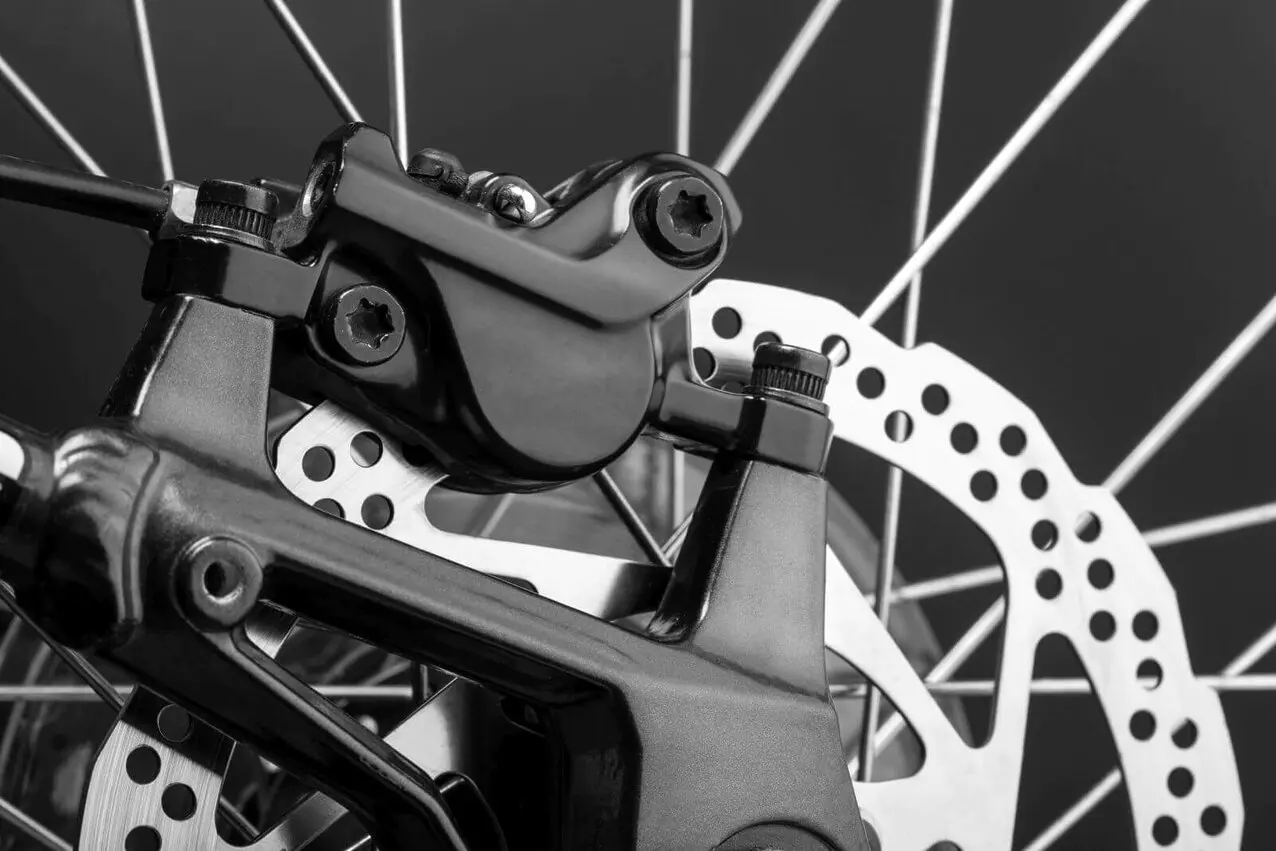The introduction of disc brakes in road cycling created a huge debate among professionals. Some people even believe this is a marketing strategy from the cycling industry, a solution to a nonexistent problem, as if they had trouble selling bikes, components and accessories over the years, or as if good, old rim brakes needed a substitute. We’ll take a look at this in further detail.

Debates and conspiracies aside, disc brakes have come to stay. Over time, they have dominated the cycling scene, becoming the standard in all bike models from all cycling disciplines. That doesn’t mean rim brakes have become completely obsolete, as they are still a majority in road cycling. However, newer bikes with rim brakes and corresponding replacements will eventually become harder and harder to find. Are disc brakes worth using in road cycling? What are the pros and cons in comparison with rim brakes? Is it really a conspiracy or mainly a matter of evolution? In order to find the answers to these questions, let’s start by taking a look at the main features of these two types of braking systems.
DISC BRAKES VS. RIM BRAKES
Braking power. Disc brakes have a higher braking power, which can be both an advantage and a disadvantage. In certain situations, such as riding on a heavily inclined descent, being able to fully brake with just a slight pull of the levers can be a positive aspect of disc brakes. However, they can also lead to a fall if you brake too abruptly instead of doing it gradually. This makes it easier to fly over the handlebars or skid, especially if you have just started using this type of brakes and you’re still getting used to the feel. Even so, being able to stop immediately, whenever you need, can bring a sense of safety as well. You just need some practice.

Braking effort. This doesn’t mean you have to be the Hulk to use rim brakes, but the truth is that you don’t need to put as much effort into pulling the levers with disc brakes to achieve a higher braking power. This is quite useful when your hands are cold or a little numb, as well as for small kids and people with hand injuries or upper limb disabilities.
Performance on wet or muddy terrains. Any cyclist using rim brakes on a descent under the rain knows that you have to greatly anticipate the braking moment in order to be able to corner without skidding, especially if you have carbon wheel rims. This type of braking is less efficient in these situations, as any water or dirt in the wheel rims hinders or delays the stopping of the bike. This increases braking distance and, as a consequence, affects our safety.
Disc brakes work in the center of the wheel, so any rain or mud won’t affect them as much as rim brakes. This makes this braking system more efficient and consistent while stopping in challenging conditions, even though the noise they make can be slightly irritating.
Rim deterioration. Rim brakes, as the name suggests, work by clamping two brake pads against the rim of the wheel. This eventually wears them down, especially in the conditions previously mentioned.
By contrast, disc brakes prevent this from happening, which is a plus considering that replacing a wheel rim is much more expensive than a braking disc.
Wider tires and rims. If you’re using rim brakes, you are limited to a certain width for your rims and tires. Before disc brakes were introduced, cyclists at road races like the Paris-Roubaix couldn’t use tires wider than 28 mm without completely changing bike models or switching to cantilever brakes.

However, by switching to disc brakes you’ll have more space in the whole frame and fork, since there won’t be any brake calipers in the way. This also allows for the use of wider tires and rims, that provide more comfort, grip and even aerodynamic advantages as well as less rolling resistance. This is why it is now more common to see 30 to 32 mm wide tires on French roads.
Brake modulation. This is a quite controversial topic, as modulation itself depends on cyclist’s hands and fingers, and not so much on the braking system. This means that disc brakes, especially hydraulic ones, guarantee better modulation for improved braking control, but that ends up being useless if you fully pull the brake levers using too much force. Another factor to take into account is that depending on the type of bike and the braking system, modulation varies immensely. Some cyclists brake gradually while others release all the braking power at once. It’s all a matter of preference, just as much as a matter of practice and experience.
Customization. If you use disc brakes, the discs can be changed to your preference, which allows you to have a higher or lower amount of braking power, depending on the cyclist’s weight or the cycling discipline.
A bigger disc generates higher power than a smaller one. This is why, in downhill and mountain cycling, cyclists use 203-220 mm discs, while in road cycling, they use 140-160 mm ones. And generally speaking, the bigger disc always goes at the front wheel.

This type of customization is impossible with rim brakes. The most you could do would be changing the material of the caliper pads.
Weight. Despite braking systems eventually becoming lighter, the whole disc system is heavier than the rim one. This is why road bikes with disc brakes have become heavier in comparison to similar models with rim brakes instead.
Installation. To install hydraulic disc brakes you need to have a fair amount of mechanical knowledge and, above all, the right tools.
However, the installation of rim brakes is relatively easy, and you won’t need any special tools, just some Allen keys and pliers to cut cables.

Maintenance. Broadly speaking, rim braking system maintenance is considerably easier than it is with disc brakes. On the downside, rim brakes are also more exposed to dirt, which hinders maintenance.
A hydraulic disc braking system is more protected against dirt, but still, cleaning and bleeding requires the experience of a professional.
Maintenance costs. A disc braking system, especially a hydraulic one, is considerably more expensive than a rim braking system. Plus, the maintenance cost ends up being higher too, as well as any replacements you might need.

Noise and friction. Whichever system you choose, either pads will rub against rims, or discs will rub against pistons. It’s all a matter of adjusting the components properly, but the truth is that disc brakes are more prone to produce friction. Moreover, on long descents where the cyclist pulls the brakes frequently and with a lot of energy, discs tend to heat up and the pistons have trouble finding their way back to their place, which causes unpleasant friction until the discs cool off. When wet, the squeaking from the discs can be exasperating.
Which braking system is better? It depends, although it is quite obvious that disc brakes have more advantages than downsides. Even so, if you want a new bike this will alter your choice because, as we previously explained, manufacturers have been consistently installing disc brakes in their bikes. Finding a new medium to high range bike model with rim brakes is quite the challenge, but not impossible. You could also find a wide variety of road bikes with rim brakes in the second-hand market. This is thanks to cyclists who first ignored disc brakes when they emerged, only to end up selling their bikes with rim brakes 3 or 4 years later and switch to disc brakes. They didn’t need to switch though, and maybe you won’t need to either. If you live in an area with plain terrains and dry climate, rim brakes should be enough. However, for humid climate and irregular terrains, disc brakes are indeed a blessing.

To conclude, this debate between disc or rim brakes is open exclusively to the road cycling circle. If you go through all the many advantages of disc brakes, you’ll see that manufacturers consistently using them now makes all the sense. We can’t deny that, for most cyclists, disc brakes provide more safety and comfort, and the safer and more comfortable a bike is, the better. Both for cyclists buying them and for manufacturers selling them. In the end, everyone wins. However, the debate and conspiracy theories are still very much alive in the cycling world, although disc brakes are more present now than ever and this debate will soon be in the past.
 shuangye mankhwala akunja
shuangye mankhwala akunja
